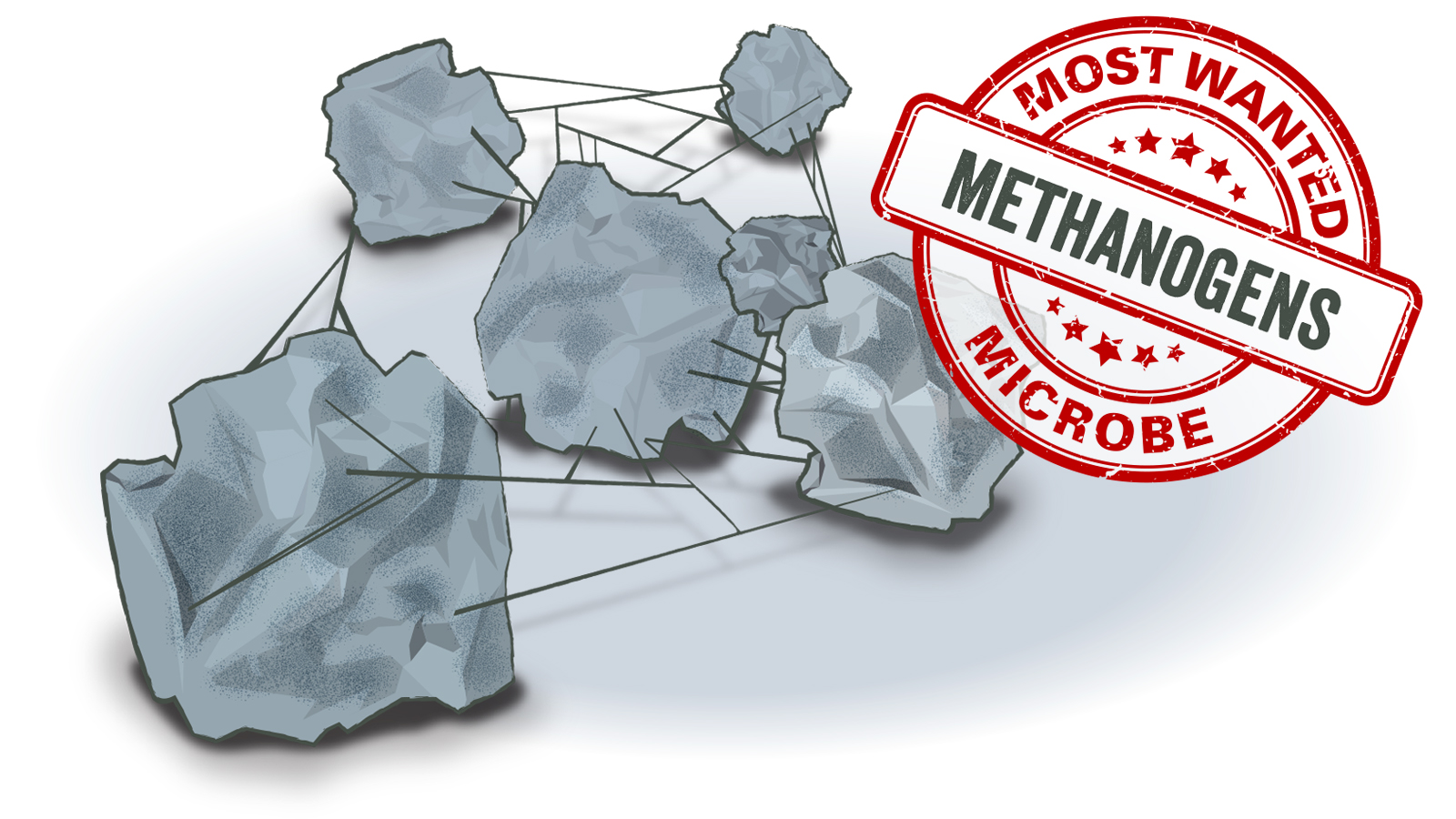Understanding the microbial content of a ship’s ballast water is critical.
As the guidelines laid out in the IMO Ballast Water Management Convention are widely adopted, having a keen understanding of the microbial content of a ship’s ballast water has become critical. This was not always the case. We can see in the past that there were many instances of exotic species being inadvertently introduced into new environments through ballast water releases. Often this has had a damaging effect on native flora and fauna populations.
Here are three well-known examples:
- Zebra Mussel – this small, freshwater mollusk is native to the Black and Caspian Seas. As cross-oceanic travel developed in earnest, around the 18th century, the Zebra Mussel started to spread, first to Western and Northern Europe, and eventually to North America. In the 1990s it was discovered in the Great Lakes. The mussel has adapted so successfully to its new locales that it has significantly decreased the food supply (plankton) of native, commercial fish stocks. In addition, large colonies of the mollusk have even fouled water treatment and power plant infrastructure around the Great Lakes and elsewhere on the continent.
- Green Crab – A native of European waters, this small crustacean has spread to North and South America, Australia, South Africa, and Japan. Known as a voracious predator, it has disrupted food chains and regional aquaculture industries. The Green Crab is particularly hard on farmed shellfish and has been known to crowd out native crab populations. Local efforts to limit the crab’s expansion are still in progress.
- North American Comb Jellyfish – Another rapacious predator, this jellyfish arrived in European waters in the 1980s. The Black Sea has been particularly hard hit by the Comb Jellyfish’s arrival. It feeds on zooplankton which is also the food source of several important commercially fished species in the region, including the anchovy. As the stocks of anchovy and other fish declined, species further up the food chain have been affected. Already under stress, Bottlenose Dolphin populations in the Black and Azov Seas are faced with a shrinking food supply due to the competitiveness of the Comb Jellyfish.
How it relates to LuminUltra Technologies
Recently, we’ve expanded our product offerings through the acquisition of aqua-tools’ Rapid Microbial Solutions division, including the B-QUA™ product line for ballast water compliance monitoring. Now, the shipping industry has access to the same type of rapid and accurate microbial monitoring tools LuminUltra has been providing to our clients in other sectors. At LuminUltra, we’re looking forward to working with ship owners, shipyards, port managers and others as they adapt to the new world of ballast water management.









